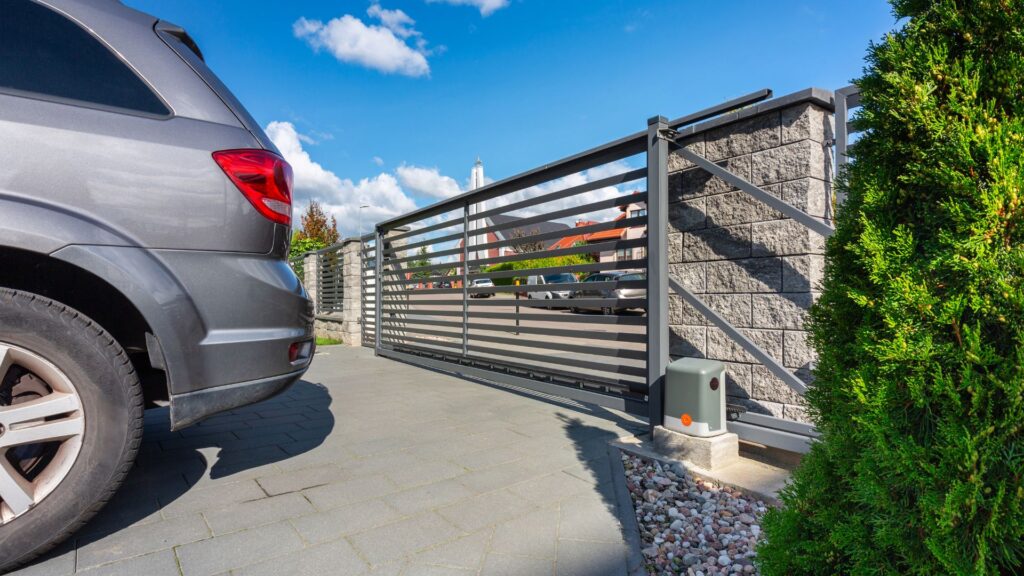Welcome to our guide on building fences on shared driveways in New Zealand, a topic that often sparks questions and even disagreements between neighbours. Shared driveways are common across the country, especially in suburban areas and subdivided properties, and while they provide convenient access, they can also create challenges when one homeowner wants more privacy, security, or control over the space. If you’ve ever wondered whether you can legally put up a fence on a driveway you share with someone else, or how to approach the situation without causing conflict, you’re not alone. In this article, we’ll break down what the law says, the role of local councils, how to have productive conversations with your neighbours, and practical options that balance both privacy and accessibility, so you can make the best decision for your property and your peace of mind.
You can build a fence on a shared driveway in New Zealand only if it doesn’t block your neighbour’s legal right of access. The Fencing Act 1978 and property easements usually mean both parties must agree before any fence is put up. Always check council rules, discuss plans with your neighbour, and put agreements in writing to avoid disputes.
Table of Contents
Understanding Shared Driveways In NZ
Shared driveways are common across New Zealand, especially in areas where land is subdivided or where properties are built close together. A shared driveway is a single accessway that serves two or more homes, giving each property legal rights to use the same stretch of land for entry and exit. While the idea sounds simple, it can lead to questions about ownership, responsibility, and what each neighbour is allowed to do within that space.
- What is a shared driveway: A shared driveway is usually created through an easement, which is a legal agreement that allows multiple property owners access over the same piece of land. This means that even if you technically own the land, your neighbour may have equal rights to use it. Because of this, decisions about fences, parking, or changes to the driveway often need agreement from all parties involved.
- Why shared driveways exist: They are most often seen when larger blocks of land are subdivided into smaller lots. Instead of building separate entrances, one shared driveway is used to provide efficient and affordable access. In cities and suburban areas, this helps maximize land use, while in rural areas, shared accessways can reduce costs for long driveways that stretch across farmland or lifestyle blocks.
- Common challenges: Although practical, shared driveways can bring complications. Space is often limited, making parking difficult. Disagreements may arise over maintenance costs, repairs, or where boundaries begin and end. One neighbour may want to build a fence, while the other may see it as a restriction. Because both parties have legal rights, these situations often require compromise and careful communication.
- Kiwi lifestyle: Shared driveways have become part of everyday life for many New Zealanders. In suburban neighbourhoods, they allow more families to live in popular areas, while in rural settings they provide affordable solutions for landowners. At the same time, they reflect the Kiwi value of community living, where cooperation and good relationships with neighbours are essential for harmony.
A shared driveway is more than just a strip of concrete; it is a space that connects homes, requires respect, and benefits from clear agreements between neighbours. By understanding why they exist and how they work, property owners can better manage their responsibilities and avoid unnecessary disputes.
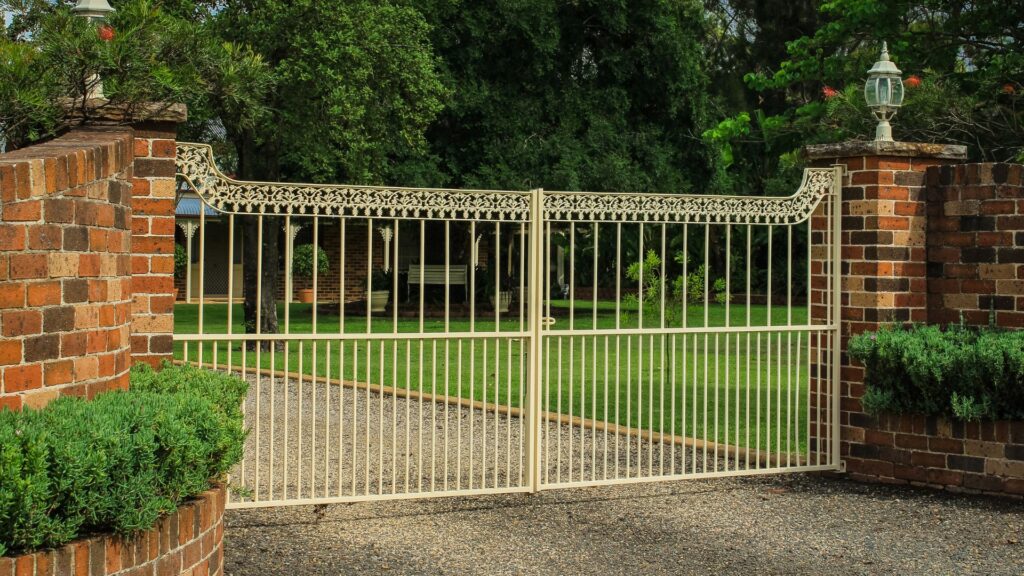
Legal Considerations Before Building A Fence
When it comes to shared driveways in New Zealand, understanding the legal framework is essential before you start planning a fence. Shared spaces can quickly lead to disputes if one party acts without considering the rights of the other. By being aware of the law and local regulations, you can save yourself time, money, and frustration.
Property Boundaries Vs Shared Ownership
The first step is to confirm where your property boundaries lie. A shared driveway often sits on land that is legally owned by one property but includes a registered right of use for the other. In some cases, both neighbours may jointly own the land. Knowing the exact status of your driveway will determine whether you can build a fence, and if so, where it can legally stand. A property survey or your property title can provide clarity.
NZ Property Law Basics – Who Owns The Land Beneath A Shared Driveway?
Ownership is not always straightforward. In many subdivisions, one property owner holds the title to the land under the driveway, while others have an easement granting them permanent access. Even if you own the land itself, you cannot interfere with your neighbour’s legal right to use it. This means fencing the driveway without their agreement can result in legal action.
Fencing Act 1978: How It Applies To Shared Boundaries
The Fencing Act 1978 sets out the rights and responsibilities of neighbours when it comes to boundary fences. While the Act mainly covers fences along property lines, its principles can influence disputes over shared driveways. If a proposed fence acts as a boundary marker or alters shared use, both parties must be consulted and may be required to share the costs if it benefits them equally.
Easements And Right-Of-Way: What They Mean For Fence Building
An easement is a legal right that allows someone else to use part of your land for a specific purpose, such as access via a shared driveway. Easements are common in New Zealand property law and remain attached to the land, not just the owner. If your neighbour has a right-of-way, you cannot legally build a fence that blocks or restricts their access. Any attempt to do so can result in the removal of the fence at your expense.
Importance Of Checking Council Regulations
Every local council in New Zealand has its own rules regarding fencing, particularly around driveways and road access. Councils often impose height restrictions, visibility requirements for traffic safety, and minimum setback distances. Before starting construction, you should review your local council’s guidelines and, if necessary, apply for consent. Ignoring these rules could mean having to modify or remove your fence.
The bottom line is that fences on shared driveways are not a straightforward DIY project. They involve property law, easements, and council regulations that must all be respected. Acting without proper consideration can damage relationships with neighbours and potentially lead to costly legal battles.
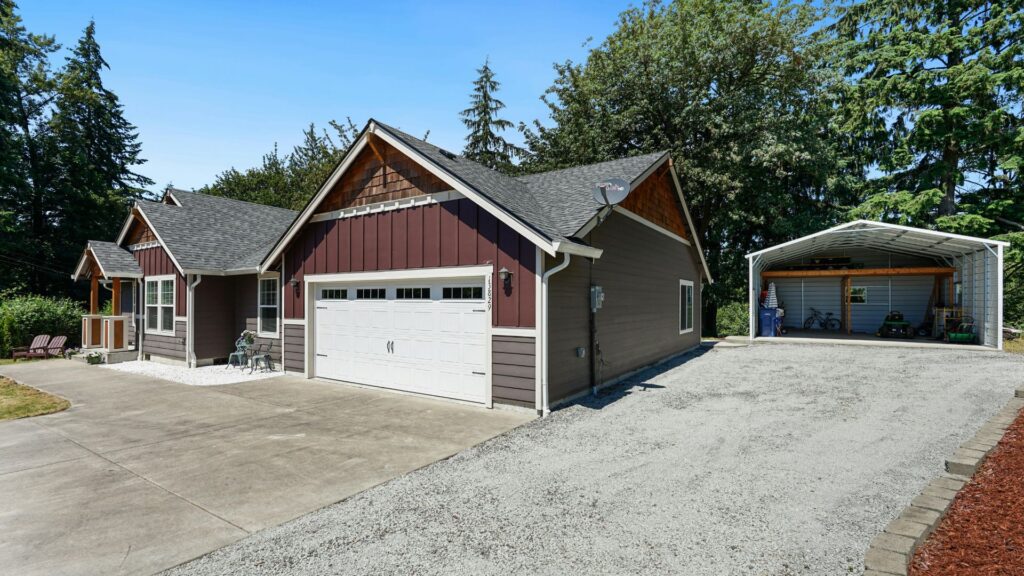
Talking To Your Neighbour First
When it comes to building a fence on a shared driveway in New Zealand, the first and most important step is to talk to your neighbour. Open communication matters because both of you have legal rights and responsibilities tied to the property. Ignoring your neighbour and moving ahead with construction often leads to disputes, council complaints, or even costly legal battles. A simple, respectful conversation can prevent unnecessary tension and set the foundation for cooperation.
Why Open Communication Matters
A shared driveway is not just a strip of concrete; it is a shared space that both parties rely on every day. When one neighbour decides to make changes without discussion, it can feel like a violation of trust. Open communication shows respect and helps maintain good relationships, which is especially important when you are living next door for years to come. Talking first allows both parties to clarify expectations, highlight concerns, and explore options that work for everyone.
Tips For A Productive Conversation
- Be clear about your reasons – If you want a fence for privacy, pet safety, or to mark boundaries, explain your intentions upfront. This avoids confusion and helps your neighbour see that your goal is practical, not confrontational.
- Listen to their concerns – Your neighbour might worry about losing access, reducing visibility, or dealing with higher costs. Listening carefully shows that you value their perspective and increases the chance of finding common ground.
- Aim for a compromise – Instead of pushing for your preferred solution, discuss alternatives that meet both needs. For example, if a tall fence feels intrusive, a lower fence or a hedge might be acceptable to both sides.
- Examples of how to phrase requests politely – Use calm and respectful language such as:
- “I’ve been thinking about adding a fence for more privacy. Would you be open to discussing options together?”
- “I’d like to make sure our pets are safe near the driveway. Could we look at solutions that work for both of us?”
- “What do you think about adding a boundary marker so we’re both clear on where the driveway access starts and ends?”
Starting the process with a conversation can save time, money, and frustration. By explaining your reasons clearly, listening with respect, and looking for compromise, you show that you value your neighbour’s input. Most disputes can be avoided when both sides feel heard and included in the decision-making process.

Council And Legal Permissions
When it comes to building fences on shared driveways in New Zealand, council and legal permissions play a crucial role. Homeowners often assume they can build without formal approval, but in reality, council rules and property laws are there to protect both parties and ensure access remains fair and safe.
When You Need Council Approval
Not every fence requires consent, but certain circumstances do. If your planned fence is higher than 2.5 metres, sits close to a boundary, or is positioned near a road or driveway where it could block visibility, local councils may require resource consent. Councils also check whether the fence complies with property easements or right-of-way agreements. It’s always wise to contact your council before starting any construction to avoid future disputes or potential fines.
Height Restrictions And Safety Guidelines
Most councils in New Zealand impose limits on fence heights to maintain neighbourhood safety and consistency. For example, a front fence may be limited to 1.2 metres without consent, while side and rear fences may allow up to 2 metres. Beyond these limits, approval is usually needed. Safety is another key factor, especially if the fence sits along a driveway. Councils look at whether the fence could obstruct drivers’ views, put pedestrians at risk, or create hazards for emergency access.
Role Of Mediation If Disputes Escalate
Disagreements between neighbours over shared driveway fences are not uncommon. If discussions break down, mediation is often the next step. Mediation services give both parties the chance to present their concerns in a neutral environment, aiming for a solution without costly legal battles. In New Zealand, organisations such as the Ministry of Justice provide access to dispute resolution services, while local councils may also recommend independent mediators.
Where To Find Legal Help
If mediation fails or the issue is legally complex, seeking professional guidance is the best course of action. The Citizens’ Advice Bureau offers free initial advice on property disputes and can direct you to relevant legal resources. Local councils often provide information about planning rules and easements, while property lawyers can give tailored advice on rights, responsibilities, and enforcement under the Fencing Act or other applicable laws.
Navigating council rules and legal requirements may feel overwhelming, but taking these steps ensures your fence project is both lawful and fair. By checking with the council, respecting safety rules, and using mediation or legal help when needed, you protect your investment while maintaining good neighbourly relationships.
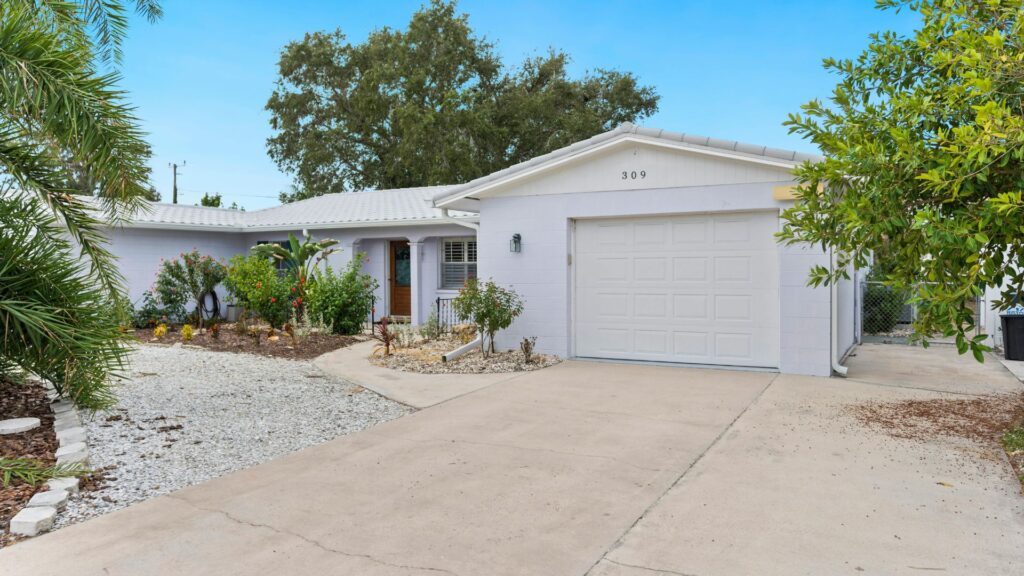
Practical Fence Options For Shared Driveways
When considering building fences on shared driveways in NZ, the choice of fence style matters just as much as the legal and neighbourly agreements behind it. The right fence can provide privacy, safety, and boundary clarity while still respecting the shared use of the driveway. Below are some of the most practical options to consider.
Low Fences For Boundary Marking
Low fences are often chosen when the main goal is to mark the boundary rather than block access. They help define each property’s space while keeping the shared driveway accessible to both parties. These fences are typically under 1.2 metres and work well in suburban settings where neighbours want a clear division without restricting movement.
- Pros: Affordable, simple to install, and unlikely to cause disputes over blocked access.
- Cons: Provide little to no privacy and may not stop pets or children from crossing over.
Gates For Controlled Access
Installing a gate at the entrance of a shared driveway can be a practical way to control who enters the space. Gates work especially well in rural or semi-urban areas where security is a priority. They can be manual or automatic, depending on budget and convenience. To prevent conflict, both neighbours should have equal access to the gate and share responsibility for maintenance.
- Pros: Enhances security, provides clear entry control, and can increase property value.
- Cons: More expensive, requires ongoing maintenance, and may cause disputes if not equally managed.
Living Fences (Hedges Or Shrubs)
For homeowners who want a softer and more natural boundary, living fences are an attractive option. Hedges or shrubs planted along the edge of a shared driveway create privacy without the harshness of solid fencing. In New Zealand, native plants are a popular choice, offering both durability and aesthetic appeal.
- Pros: Improves privacy, eco-friendly, and enhances the look of the property.
- Cons: Requires regular trimming and maintenance, may take years to fully grow, and roots can sometimes cause driveway damage.
Balancing Privacy With Accessibility
The biggest challenge when building fences on shared driveways in NZ is striking a balance between privacy and accessibility. A fence that offers complete privacy might block your neighbour’s legal right of way, while leaving the area completely open might not meet your needs for security or safety. The best solution often involves compromise, such as a partial fence, a shared gate, or landscaping combined with low fencing. Always ensure that any structure leaves enough space for both vehicles and pedestrians to use the driveway comfortably.
Finding the right fence for a shared driveway is not just about choosing materials or styles; it’s about creating a solution that respects your neighbour’s rights while also meeting your own needs for security and privacy. With open communication and thoughtful planning, you can select a fence option that benefits both parties.
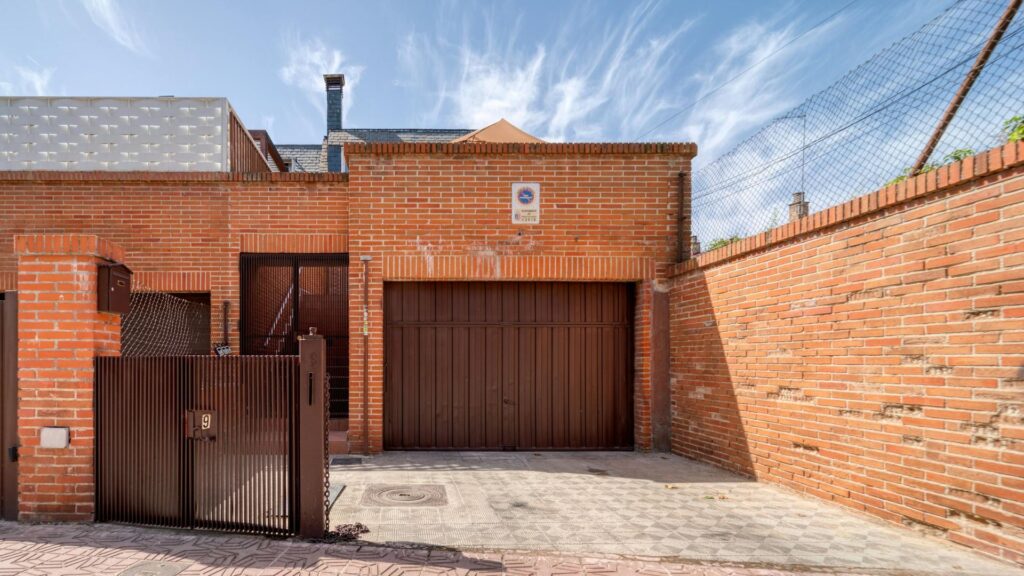
Cost-Sharing And Responsibility
Who Pays For The Fence?
When it comes to building a fence on a shared driveway in New Zealand, the question of who pays is often the biggest source of conflict. Generally, if the fence is located on a shared boundary, both neighbours are expected to contribute to the cost under the Fencing Act 1978. This law gives property owners the right to request a fair contribution from the adjoining owner, provided the fence is considered “adequate” and necessary. If the fence is being built for personal reasons, such as adding extra privacy or security, then the neighbour requesting it may need to pay for it alone.
NZ Fencing Cost-Sharing Principles
The Fencing Act sets out clear principles to guide cost-sharing. Both neighbours usually split the cost of building and maintaining a fence that sits directly on the boundary line, as long as the fence is reasonable for the type of property and location. For example, a modest timber or wire fence may be sufficient in rural areas, while taller fences may be more common in urban driveways. If one neighbour wants a fence that is higher or more expensive than what is considered necessary, they may have to cover the additional cost themselves.
When One Neighbour Doesn’t Agree To Contribute
Disagreements often arise when one party refuses to contribute. If this happens, the neighbour wanting to build the fence can issue a formal “Fencing Notice,” which outlines the type of fence, estimated costs, and reasons for construction. The other party has 21 days to respond. If they do not agree, the matter can go to the Disputes Tribunal or District Court for resolution. In some cases, the unwilling neighbour may still be required to contribute if the fence is deemed fair and necessary.
Keeping Records And Agreements In Writing
Written agreements are essential to avoid misunderstandings. Documenting the details of the project, such as cost estimates, design plans, and agreed responsibilities, helps protect both parties if disagreements arise later. Having a signed record also provides evidence if the matter escalates to legal proceedings. Keeping copies of council approvals, contractor quotes, and receipts will ensure transparency and reduce the risk of future disputes.
A fair and cooperative approach to cost-sharing not only keeps relationships with neighbours intact but also ensures the project complies with New Zealand law. Clear communication and written agreements are the best way to avoid financial and legal headaches down the track.

Alternatives To Fencing
Not every shared driveway situation requires a fence. In some cases, adding a solid barrier can create tension with neighbours, lead to council restrictions, or cost more than it’s worth. Fortunately, there are practical alternatives that can improve privacy, define boundaries, and maintain good neighbourly relationships without putting up a physical fence.
Landscaping For Privacy
Landscaping is one of the most effective ways to create a sense of separation without blocking access to a shared driveway. Strategic planting, such as tall shrubs or layered garden beds, can act as a natural screen. This option adds visual appeal, improves privacy, and increases property value. Unlike fences, landscaping often feels less intrusive and can be tailored to suit different styles, from modern to traditional.
Driveway Markers Or Signage
Another simple option is the use of driveway markers or signage. Painted lines, decorative pavers, or even small bollards can help distinguish where one property ends and another begins. Clear markers reduce confusion about parking spaces and boundaries while still keeping the driveway accessible to everyone who has legal rights to use it. Adding subtle signage, such as “private access” or “guest parking,” can also guide visitors without escalating tensions.
Using Plants Or Hedges As A Softer Option
Plants and hedges provide a softer alternative to a solid fence. They create privacy, reduce noise, and improve the overall look of the driveway. Popular options in New Zealand include fast-growing hedges like pittosporum or griselinia, which thrive in the local climate. Unlike hard fencing materials, hedges can be trimmed and shaped to fit the space while still letting in light and air.
When A Fence May Not Be Worth The Hassle
In some cases, building a fence on a shared driveway creates more problems than it solves. Costs, disputes, and council restrictions can outweigh the benefits. If access is not an issue and privacy can be achieved through landscaping or boundary markers, avoiding a fence may save time, money, and stress.
A fence is not always the only or best solution for shared driveways. By considering alternatives such as landscaping, markers, or hedges, homeowners in New Zealand can enjoy privacy and clear boundaries without the risk of disputes or legal issues.
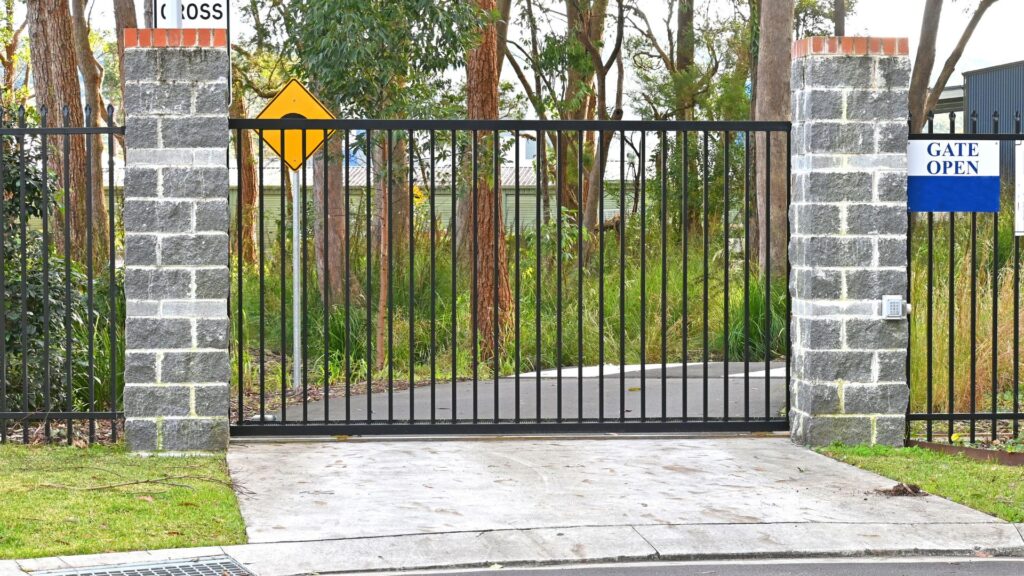
Common Mistakes To Avoid
When it comes to building fences on shared driveways in New Zealand, a few common mistakes often cause unnecessary disputes and extra costs. Avoiding these issues can save you time, money, and stress.
Building Without Neighbours’ Consent
One of the biggest mistakes homeowners make is starting construction without discussing plans with their neighbour. A shared driveway usually involves legal rights for both parties, so putting up a fence without consent can quickly lead to conflict. Taking the time to explain your reasons and getting written agreement will help protect both sides and keep the project moving forward smoothly.
Ignoring Council Rules
Every local council in New Zealand has rules about fences, including height limits and placement restrictions. Some areas require approval if the fence is near a road or blocks visibility for vehicles. Ignoring these rules can result in fines or being asked to remove the fence altogether. Always check council requirements before making any decisions to avoid setbacks.
Choosing The Wrong Materials For NZ Climate
New Zealand’s climate can be tough on fences, with heavy rain, coastal salt air, and strong winds in many regions. Using untreated wood or low-quality materials may lead to faster damage and costly repairs. It’s best to choose durable options like treated timber, metal, or composite materials that can withstand local conditions and provide long-lasting value.
Letting Emotions Drive Decisions
Disagreements with neighbours can be stressful, but reacting emotionally often makes the situation worse. Building a fence out of frustration or anger can damage long-term relationships and may not solve the underlying problem. It’s better to approach the issue calmly, focus on practical solutions, and consider alternatives if fencing isn’t the best option.
By avoiding these mistakes, you’ll not only reduce the risk of disputes but also ensure your fence is legal, durable, and respectful of your neighbour’s rights. Careful planning and open communication are the keys to a successful outcome.
Looking for clear guidance on property matters like fencing, driveways, or neighbour agreements? Visit our homepage to explore more expert resources and get the support you need to make confident decisions.
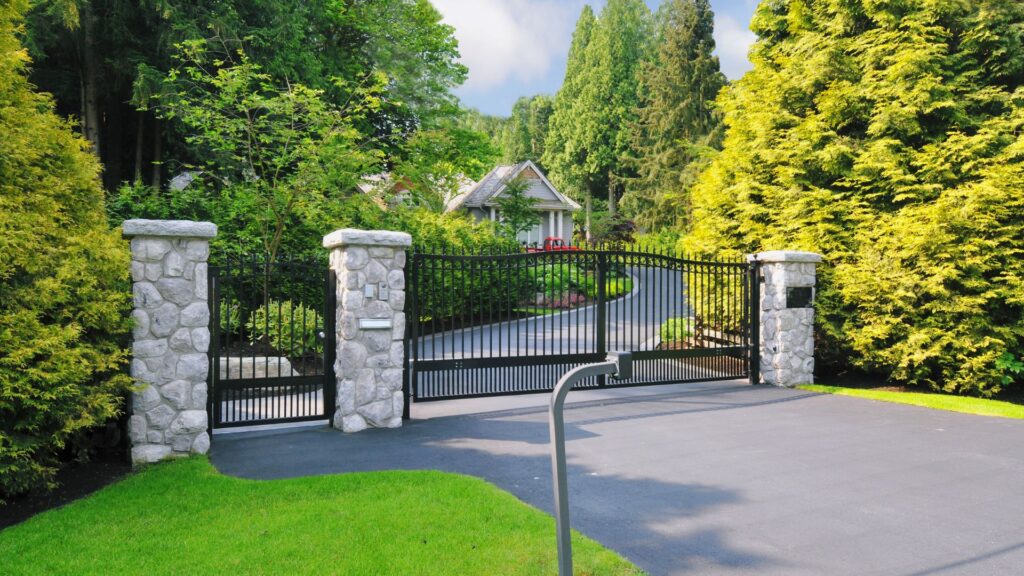
FAQs: About Building Fences On Shared Driveways In NZ
Can I build a fence on a shared driveway in New Zealand?
Yes, but only if the fence does not block your neighbour’s legal right of access. Most shared driveways are protected by easements, which give both property owners the right to use the space.
Do I need my neighbour’s permission to put up a fence?
In most cases, yes. Since both parties share the driveway, you should have written agreement with your neighbour before building any fence to avoid disputes.
What law applies to fencing disputes in New Zealand?
The Fencing Act 1978 outlines the rules for boundary fences and cost sharing, but shared driveways often fall under easement agreements. Both need to be considered.
Can my neighbour stop me from putting up a fence?
If the fence restricts their legal access to the driveway, they can object. If you cannot agree, mediation or legal advice may be needed.
Do I need council approval for a fence on a shared driveway?
This depends on the fence height and location. Councils often have restrictions on fences near roads, driveways, or accessways, so it’s best to check local regulations.
Who pays for the cost of the fence?
Normally, costs are shared if both neighbours agree to build the fence. If only one neighbour wants it, they may have to cover the cost themselves unless the fence benefits both.
What fence types work best for shared driveways?
Low boundary fences, gates, or living fences such as hedges are common choices. The best option depends on whether you want privacy, safety, or just a clear boundary.
What happens if I build without my neighbour’s consent?
This can lead to legal disputes, demands to remove the fence, or financial penalties if the fence blocks access. Always get consent first.
Are there alternatives to fencing a shared driveway?
Yes. Landscaping, driveway markers, hedges, or signage can help define boundaries and add privacy without creating conflict over access.
How can I avoid disputes over a shared driveway fence?
Communicate openly, be transparent about your reasons, consult the council, and put any agreements in writing. This ensures both parties understand their rights and responsibilities.
Conclusion
Most driveway disputes in New Zealand can be resolved through clear communication and a willingness to find common ground, especially when it comes to shared spaces like driveways. Before making decisions about building a fence, it’s essential to balance your own rights with those of your neighbour to ensure fairness and avoid unnecessary conflict. Taking time to research property laws, reviewing the Fencing Act, checking local council regulations, and understanding any easements or rights-of-way is the best way to prepare. Equally important is having an open and respectful conversation with your neighbour to explain your reasons and listen to their perspective. By approaching the process with planning, patience, and a focus on cooperation, you can create a solution that protects your privacy and security while also maintaining good neighbourly relationships. Ultimately, a thoughtful and well-informed approach will help you achieve peace of mind and prevent long-term disputes.
About the Author:
Mike Veail is a recognized digital marketing expert with over 6 years of experience in helping tradespeople and small businesses thrive online. A former quantity surveyor, Mike combines deep industry knowledge with hands-on expertise in SEO and Google Ads. His marketing strategies are tailored to the specific needs of the trades sector, helping businesses increase visibility and generate more leads through proven, ethical methods.
Mike has successfully partnered with numerous companies, establishing a track record of delivering measurable results. His work has been featured across various platforms that showcase his expertise in lead generation and online marketing for the trades sector.
Learn more about Mike's experience and services at https://theleadguy.online or follow him on social media:

